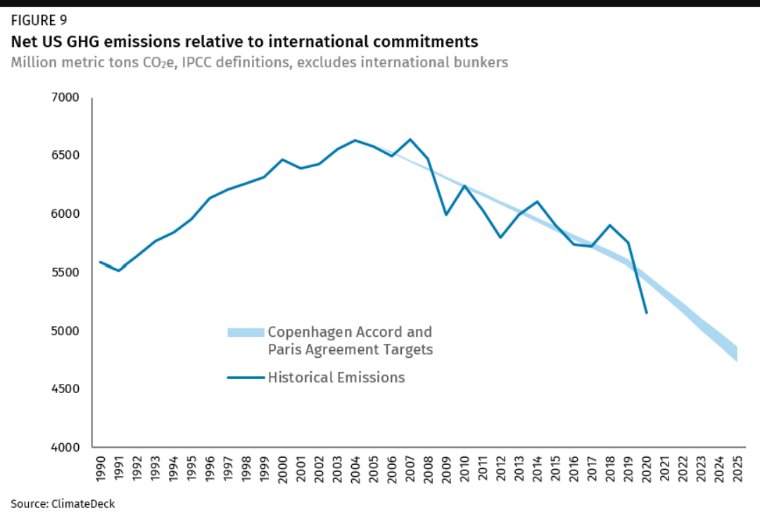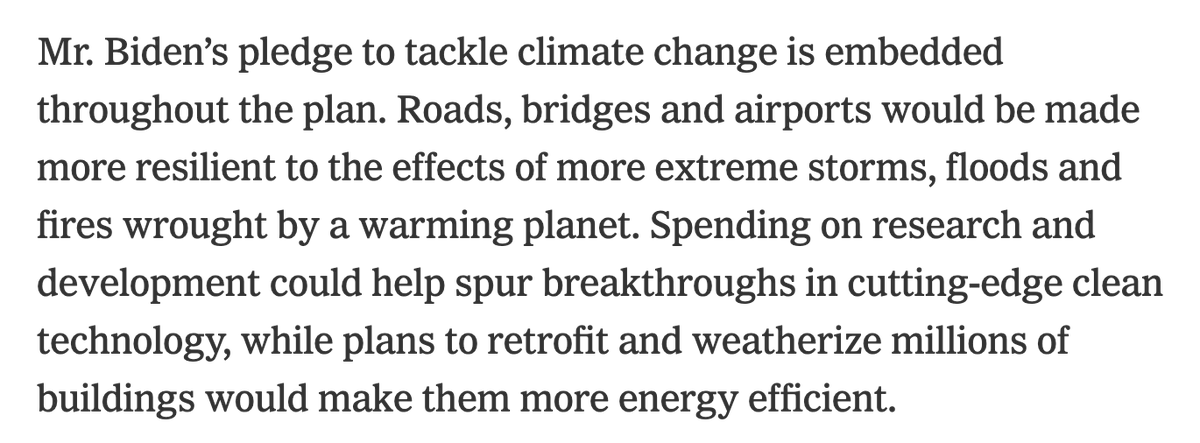
Hello World.
Im so happy to introduce you all to GenX, a free open source optimization model for investment planning in the power sector, developed by the @MITEnergy Initiative & @Princeton ZERO Lab!!
Beta v1.0.0 out now!
energy.mit.edu/genx/
github.com/GenXProject/Ge…
Im so happy to introduce you all to GenX, a free open source optimization model for investment planning in the power sector, developed by the @MITEnergy Initiative & @Princeton ZERO Lab!!
Beta v1.0.0 out now!
energy.mit.edu/genx/
github.com/GenXProject/Ge…

GenX is a highly-configurable, open source electricity resource capacity expansion model that incorporates several state-of-the-art practices in electricity system planning to offer improved decision support for a changing electricity landscape. genxproject.github.io/GenX/dev/model…
Some backstory: GenX was originally written by @nsepulvedam & I during our graduate studies @MITEnergy/@TppMit/@mitidss. We each needed a planning model for our research & rather than each build a 'single-purpose' tool, we joined forces to develop a flexible model w/lots of uses!
Since then, the model has grown and evolved, and has been used by more than a dozen researchers @MIT and @Princeton for numerous peer reviewed publications, research reports, theses, and more. See energy.mit.edu/genx/#publicat…
Think of GenX like a Swiss army knife for electricity planning, chock full of features & advanced resources (like long-duration storage, flexible demand etc). Like a Swiss army knife, you can't use every tool at once (due to CPU limits), but you can use GenX for numerous tasks.
From a centralized planning perspective, the GenX model can help to determine the investments needed to supply future electricity demand at minimum cost, as is common in least-cost utility planning or integrated resource planning processes.
In the context of liberalized markets, the model can be used by regulators and policy makers for indicative energy planning or policy analysis in order to establish a long-term vision of efficient market and policy outcomes.
The model can also be used for techno-economic assessment of emerging electricity generation, storage, and demand-side resources and to enumerate the effect of parametric uncertainty (e.g., costs, demand, policy decisions) on the system-wide value or role of different resources.
GenX is now actively developed and supported by a wonderful joint team @MITEnergy (led by @dhariksm) and @Princeton ZERO Lab (led by myself). The team has put in a heroic effort getting the model ready for widespread use. I'm so grateful for all of their ingenuity and work! 👏
For an overview of the GenX model, see energy.mit.edu/genx/
To download and get started with GenX, head to github.com/GenXProject/Ge…
For full documentation and introduction to the model and its capabilities, see genxproject.github.io/GenX/dev/
To download and get started with GenX, head to github.com/GenXProject/Ge…
For full documentation and introduction to the model and its capabilities, see genxproject.github.io/GenX/dev/
GenX is in 'public beta' release here, and there's surely bugs, kinks, unclear documentation/instructions, etc. that will turn up. So if you're using it, please give us a holler on bugs/improvements etc! And feature requests. There's lots of features in the works. Stay tuned!
Finally, special thanks to @ARPAE FLECCS program (@ScottLitz program director) for financial support to open source this model and staff its user and contributor community!
Support from multiple @mitenergy & @Princeton ZERO Lab projects also contributed to GenX development.
Support from multiple @mitenergy & @Princeton ZERO Lab projects also contributed to GenX development.
• • •
Missing some Tweet in this thread? You can try to
force a refresh








